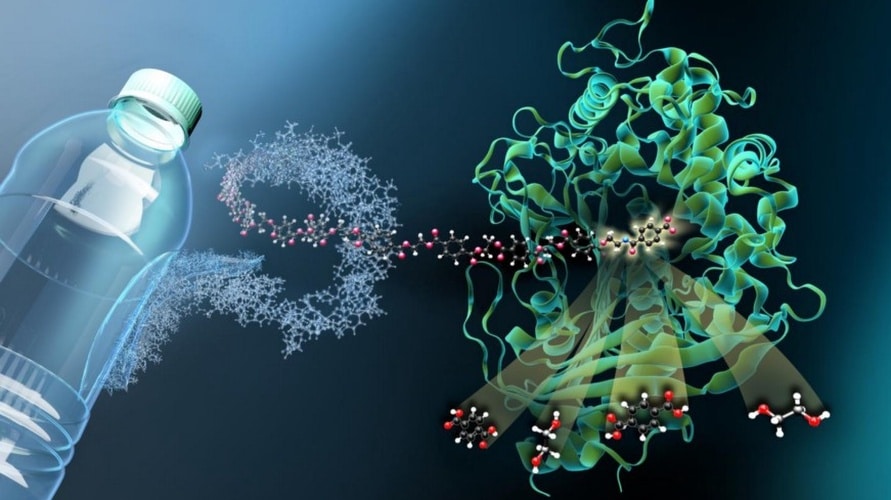
Introduction
The pervasive issue of plastic pollution has become one of the most pressing environmental challenges of our time. With millions of tons of plastic waste accumulating in landfills and oceans each year, innovative solutions are urgently needed to mitigate its impact. One of the most promising solutions is the use of plastic-eating bacteria—microorganisms that can degrade and consume plastic waste, offering a sustainable approach to waste management. The global plastic-eating bacteria market is emerging as a key player in the fight against plastic pollution, driven by advancements in biotechnology, increasing environmental awareness, and supportive regulatory frameworks. This article delves into the current state of the market, exploring key trends, growth drivers, challenges, and future projections.
Market Overview
Plastic-eating bacteria are microorganisms that have the ability to break down and consume various types of plastic materials, including polyethylene terephthalate (PET), polyethylene (PE), and polystyrene (PS). These bacteria offer a potentially revolutionary solution to the growing problem of plastic waste by facilitating its biodegradation and reducing its environmental footprint.
According to the latest report by Flair Insights, the global plastic-eating bacteria market was valued at approximately USD 450 million in 2023 and is projected to grow at a Compound Annual Growth Rate (CAGR) of 15.2% from 2024 to 2030, reaching an estimated USD 1.2 billion by 2030. This robust growth is fueled by the increasing need for sustainable waste management solutions, advancements in microbial biotechnology, and the rising adoption of eco-friendly practices across various industries.
Key Drivers of Market Growth
Escalating Plastic Pollution Crisis: The global plastic pollution crisis is a significant driver of the plastic-eating bacteria market. With over 8 million tons of plastic waste entering the oceans each year and accumulating in landfills, there is an urgent need for innovative solutions that can effectively reduce plastic waste. Plastic-eating bacteria offer a promising approach to addressing this challenge by degrading plastic into non-toxic byproducts.
Advancements in Biotechnology: The field of biotechnology has made significant strides in recent years, enabling the identification, isolation, and optimization of plastic-degrading bacteria. Genetic engineering and synthetic biology are being used to enhance the efficiency of these bacteria, making them more effective at breaking down various types of plastics. These advancements are driving the growth of the plastic-eating bacteria market by expanding the range of applications for these microorganisms.
Supportive Regulatory Frameworks: Governments and regulatory bodies around the world are implementing policies and initiatives aimed at reducing plastic pollution and promoting sustainable waste management practices. These include bans on single-use plastics, incentives for recycling and biodegradation technologies, and funding for research and development. Such supportive regulatory frameworks are creating a favorable environment for the growth of the plastic-eating bacteria market.
Growing Consumer Awareness and Demand for Sustainability: Consumers are increasingly aware of the environmental impact of plastic waste and are demanding more sustainable products and practices from companies. This growing awareness is driving demand for solutions that can reduce plastic pollution, including the use of plastic-eating bacteria. Companies that adopt these innovative technologies are likely to benefit from positive consumer perceptions and enhanced brand reputation.
Market Trends
Integration with Waste Management Systems: Plastic-eating bacteria are increasingly being integrated into existing waste management systems, complementing traditional recycling and waste processing methods. This integration allows for the biodegradation of plastic waste that cannot be easily recycled, providing a more comprehensive approach to plastic waste management.
Development of Bioremediation Solutions: The use of plastic-eating bacteria for bioremediation—using microorganisms to clean up polluted environments—is an emerging trend in the market. These bacteria can be deployed in landfills, oceans, and other contaminated sites to break down plastic waste and reduce environmental pollution. The development of bioremediation solutions is expanding the potential applications of plastic-eating bacteria beyond traditional waste management.
Expansion of Industrial and Commercial Applications: The plastic-eating bacteria market is witnessing increased interest from various industries, including packaging, textiles, and consumer goods. Companies in these sectors are exploring the use of plastic-degrading bacteria to reduce their environmental impact and meet sustainability goals. The expansion of industrial and commercial applications is expected to drive further growth in the market.
Focus on Genetic Engineering and Synthetic Biology: Genetic engineering and synthetic biology are playing a crucial role in enhancing the capabilities of plastic-eating bacteria. Researchers are developing genetically modified bacteria that can degrade specific types of plastics more efficiently, as well as bacteria that can survive in harsher environmental conditions. This focus on biotechnology is driving innovation in the market and expanding the range of plastic-degrading solutions available.
Challenges in the Market
Despite the promising growth outlook, the plastic-eating bacteria market faces several challenges:
Technical Limitations and Efficiency Issues: While plastic-eating bacteria have shown great potential, there are still technical limitations and efficiency issues that need to be addressed. The rate of plastic degradation by bacteria is relatively slow compared to traditional waste processing methods, and the effectiveness of these bacteria can vary depending on the type of plastic and environmental conditions. Improving the efficiency and scalability of plastic-eating bacteria remains a key challenge for the market.
High Research and Development Costs: The development of plastic-eating bacteria involves significant research and development costs, particularly in the areas of genetic engineering and synthetic biology. These costs can be a barrier to market entry for smaller companies and can limit the scalability of plastic-eating bacteria solutions.
Regulatory and Safety Concerns: The use of genetically modified organisms (GMOs), including genetically engineered plastic-eating bacteria, is subject to strict regulatory scrutiny and safety concerns. Ensuring that these bacteria do not have unintended environmental or health impacts is a critical challenge for the market. Navigating the regulatory landscape and addressing public concerns about GMOs will be essential for the successful commercialization of plastic-eating bacteria.
Future Outlook
The global plastic-eating bacteria market is expected to continue its strong growth trajectory, driven by the increasing need for sustainable waste management solutions and advancements in biotechnology. The market will likely benefit from ongoing research and development efforts aimed at improving the efficiency and scalability of plastic-eating bacteria, as well as the expansion of industrial and commercial applications.
As the market matures, there will be increasing opportunities for innovation, particularly in areas such as genetic engineering, bioremediation, and the development of new strains of plastic-degrading bacteria. Companies that can effectively address the challenges of efficiency, cost, and regulation while capitalizing on these opportunities will be well-positioned to succeed in this dynamic market.
Conclusion
The global plastic-eating bacteria market is at the forefront of the fight against plastic pollution, offering a sustainable and innovative solution to one of the most pressing environmental challenges of our time. As the market continues to grow, driven by advancements in biotechnology and increasing environmental awareness, it will play an increasingly important role in shaping the future of waste management. For stakeholders across the value chain, staying informed about the latest trends and developments in this market is essential for capitalizing on the opportunities it presents.
Trending Posts

Global Silver Nanoparticles Market
The global silver nanoparticles market was valued at $2.08 billion in 2020, and is projected to reach $4.1 billion by 2027, growing at a CAGR of ~17%

LNG Bunkering – Here is something you must know!
In the current scenario of growing pollution, companies are trying to adapt more and more sustainable approach that not only gives eco-friendly result

The Basic Pension Comes - Federal Cabinet Decides On the Pension Supplement
Financial security in old age is an issue that is causing stomach pains for more and more people in Germany. Low-wage earners fear the elderly. The ba

The Future of Artificial Intelligence
In recent years, the field of artificial intelligence (AI) has witnessed unprecedented growth and transformative advancements. As AI technologies

Sailing into the future with Autonomous Ships
Autonomous Vehicles (AVs) are the uproar of this era. After airways, thanks to the companies like Tesla, that people are now getting used to see drive

Rising Demand For Uninterrupted Power Supply Is Expected To Drive The Power Rental Market
Todays world is totally reliant on electric power. There are many things which are not manageable without electricity. Power rental is a concept where

Rapidly growing IT industry coupled with the trend of bringing your own device (BYOD) is expected to provide new opportunities for growth of Cloud Collaboration
Cloud collaboration is the process of sharing and co-authoring the computer-based work through cloud technology

Factcheck on UV Disinfection for COVID-19
Many regulatory authorities and bodies believe that UV disinfection technologies can play a role in a multiple barrier approach to reducing the transm
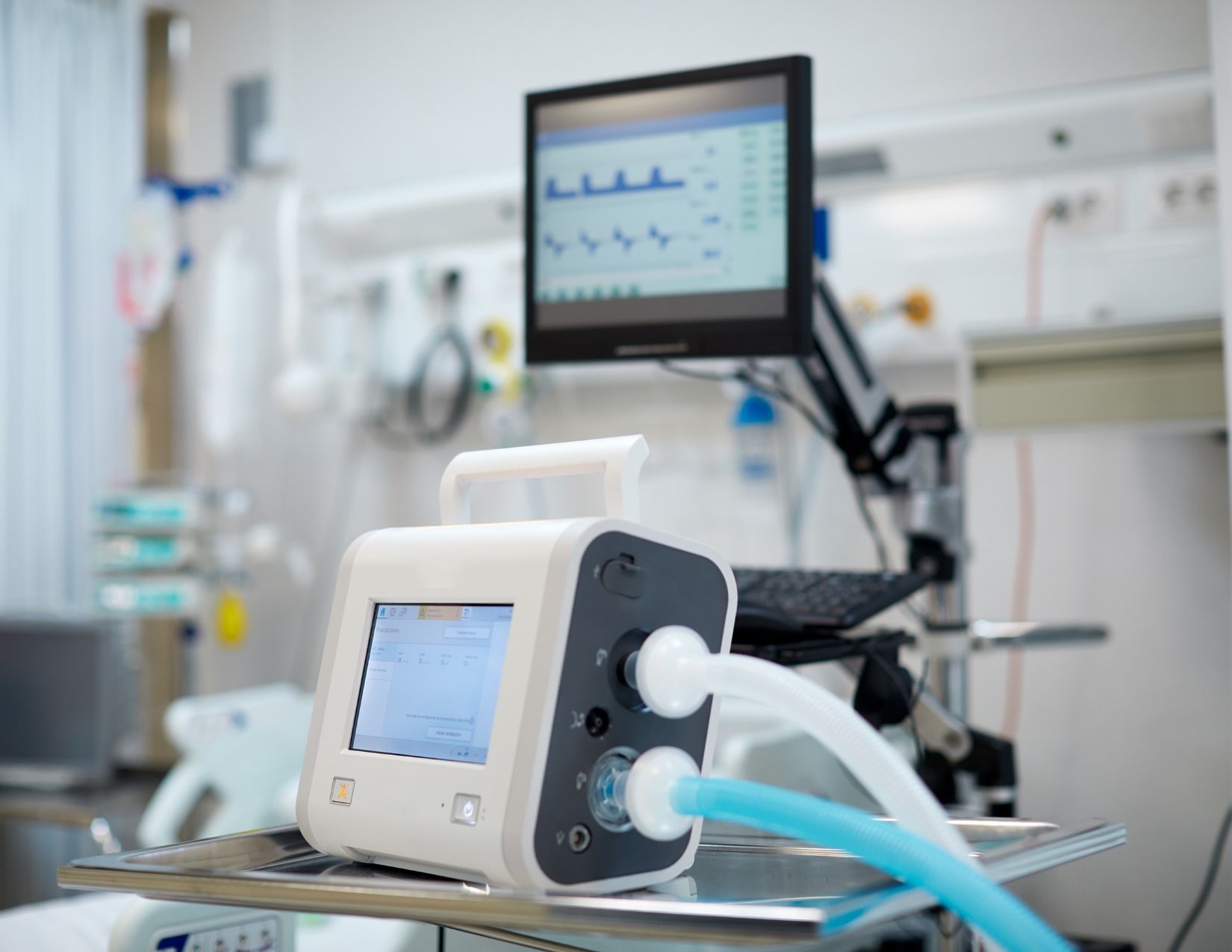
The Global Ventilator Market Grows at a CAGR of 7.75 %
The Global Ventilator Market, which was at $688 million in the year 2016, is about to double by the year 2025, and reach a value of $1,347 million. Th

Vaccination: Vaccination Against Measles is Now Mandatory in Germany
The subject of compulsory vaccination has always heated peoples minds and caused emotionally charged discussions. The latest law in this area - the ob
Recent Posts

Growth and Future Trends of the Global In-Line UV-Vis Spectroscopy Market
In-line UV-Vis spectroscopy is a powerful analytical tool widely adopted in various industries for real-time monitoring of chemical and biological processes. This market is experiencing robust growth due to its applications in pharmaceutical.

Understanding the Growth Dynamics of the Premium Luggage Market
The market for premium luggage has grown massively over the years. This is attributed to several factors, including a change in consumer preference, increase in disposable incomes, and an overall rise in international travel.

Global Potassium Sorbate Market: Growth and Forecast
The Global Potassium Sorbate Market has gained significant traction due to the rising demand for preservatives across various industries, especially in food and beverages. Potassium sorbate, a salt of sorbic acid.

Global Venturi Masks Market Growth and Forecast
Venturi masks, also known as air-entrainment masks, play a crucial role in delivering a precise oxygen concentration to patients, particularly those suffering from chronic respiratory conditions such as COPD (Chronic Obstructive Pulmonary Disease).
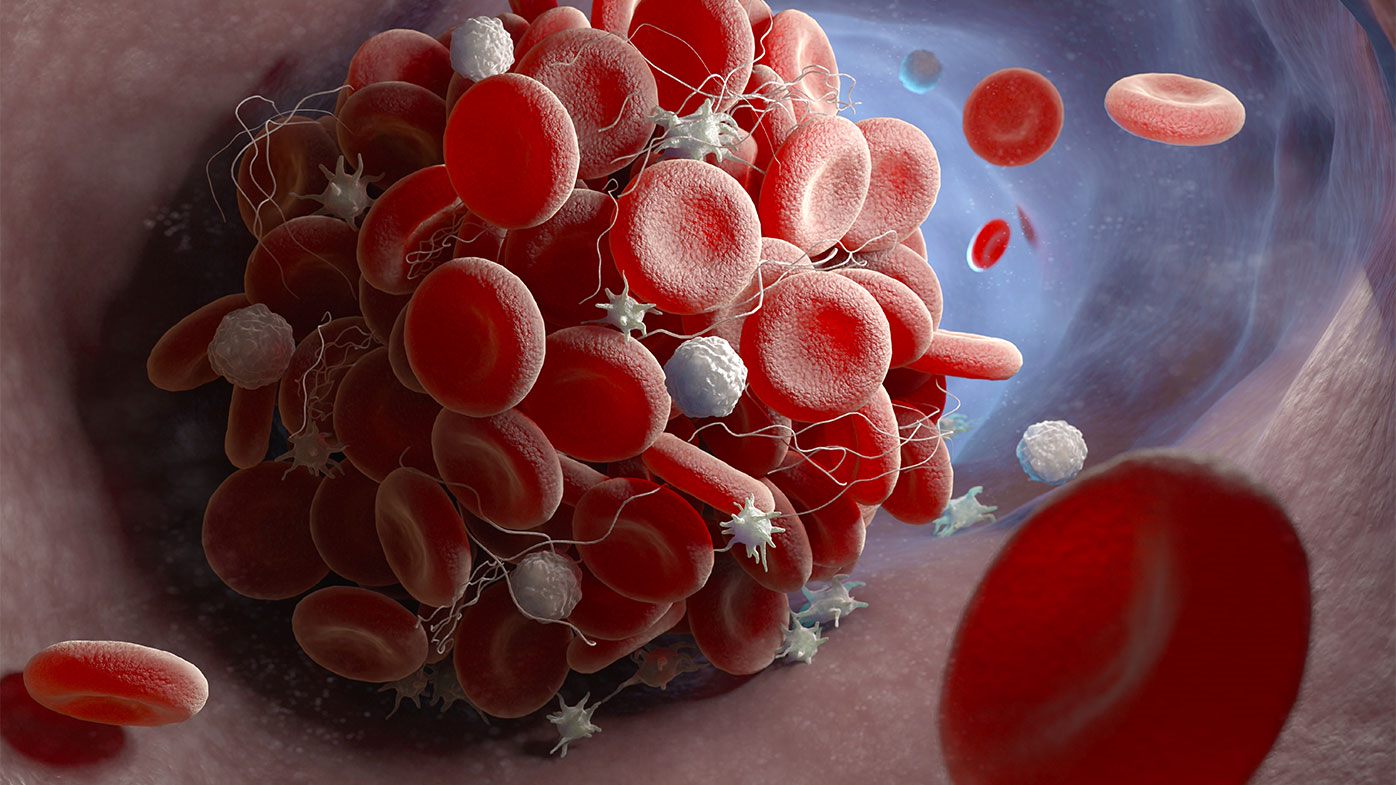
Global Venous Thromboembolism (VTE) Therapeutics Market: Overview, Growth, and Forecast
Venous thromboembolism (VTE) is a critical medical condition including deep vein thrombosis and pulmonary embolism. In fact, it is one of the preventable causes of death in the hospital environment. It has experienced a substantial upsurge.

Global Vein Illumination Device Market: Growth and Forecast
The global vein illumination device market is experiencing significant growth, Due to a growing demand for minimally invasive procedures and an increase in chronic diseases, not to mention development in medical technology.
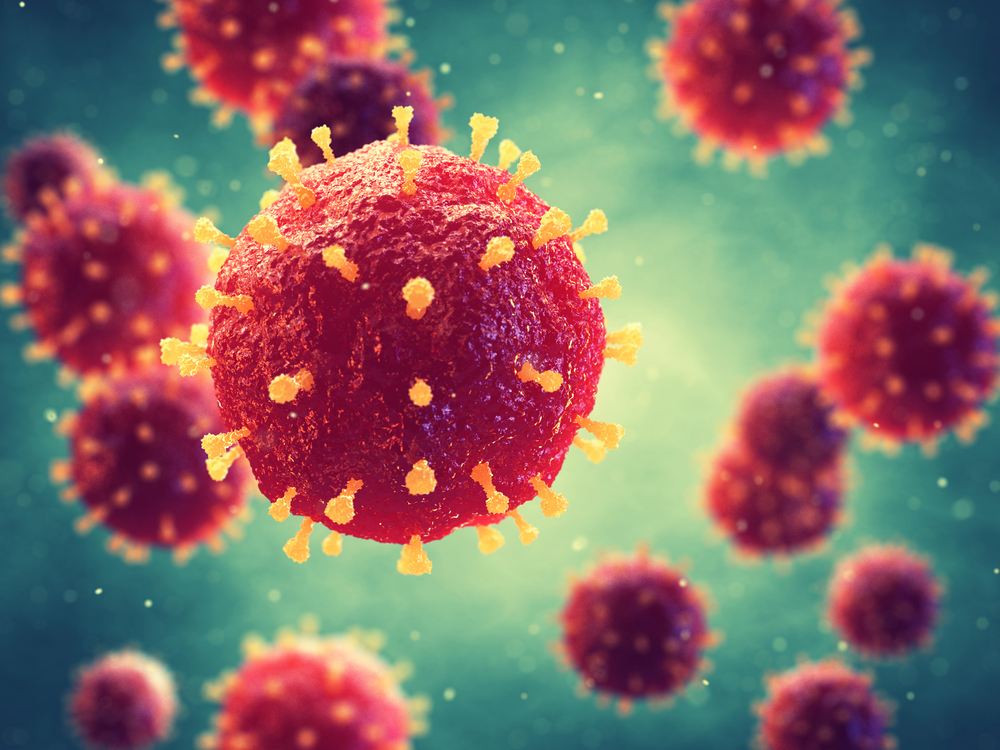
Global Vasculitis Treatment Market: Growth and Forecast
Vasculitis represents a group of disorders involving inflammation of blood vessels. It can affect parts of the body such as the skin, kidneys, lungs, and joints, and without proper treatment it may cause severe morbidity.

Global Fired Heaters Market: Growth and Forecast
The global market for fired heaters is growing at a rapid pace due to increased demand from major industries such as the oil & gas, chemical, and petrochemical sectors. Fired heaters are among the most crucial components of process heating systems.

Global Gas Flares Market Growth and Forecast
The growth in oil and gas production, environmental regulations, and a need for an effective waste gas management system are driving the global gas flares market. Gas flares are a crucial equipment in the oil and gas industry.
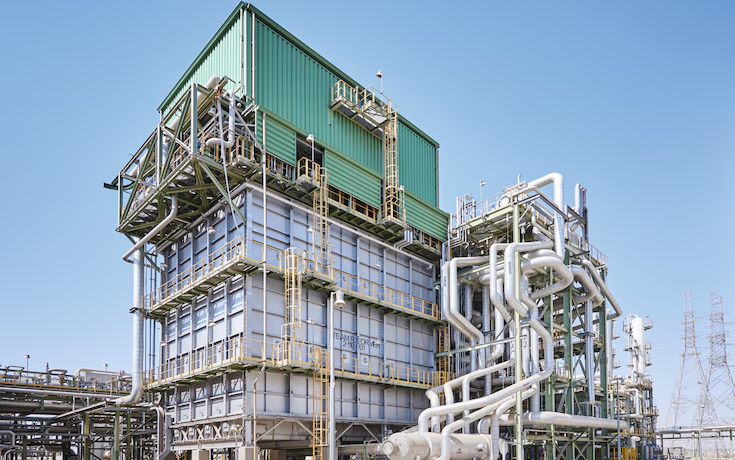
Global Steam Reformers Market: Growth, Trends, and Forecast
The steam reformers market is witnessing significant growth due to increased demand for hydrogen in industries like chemicals, refining, and fertilizers.
